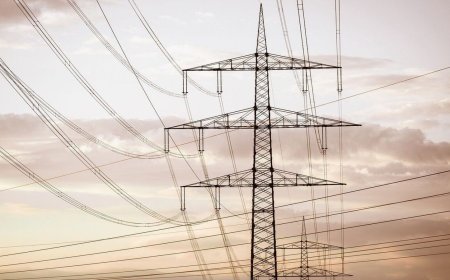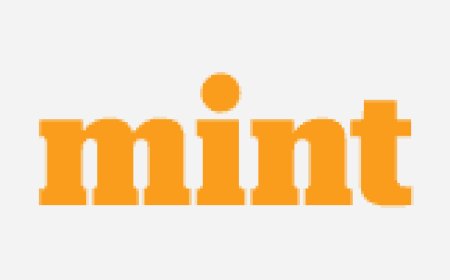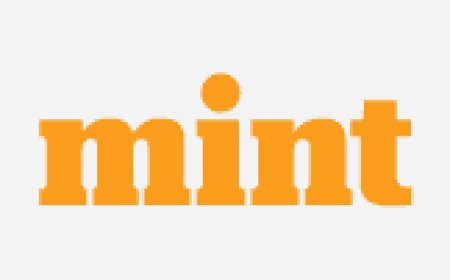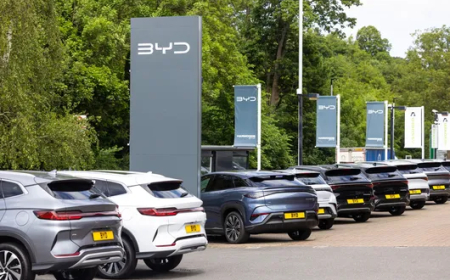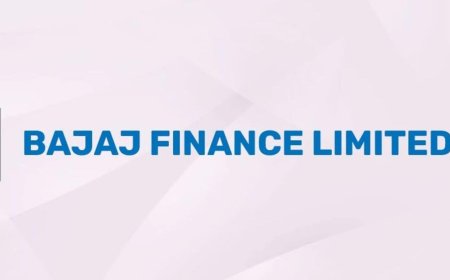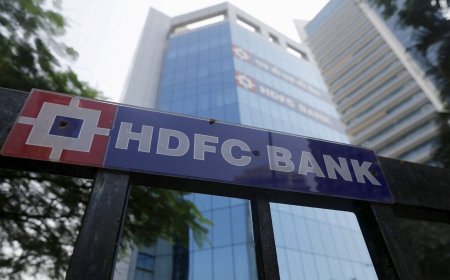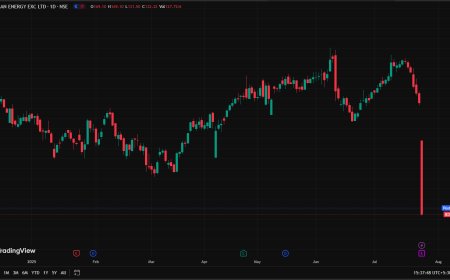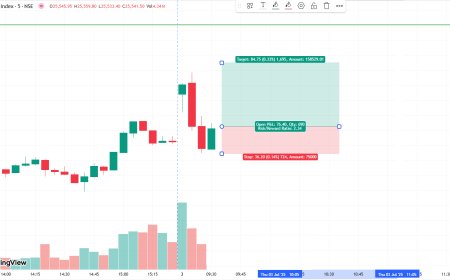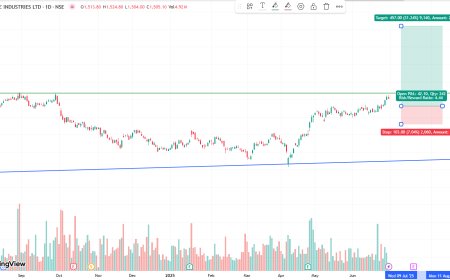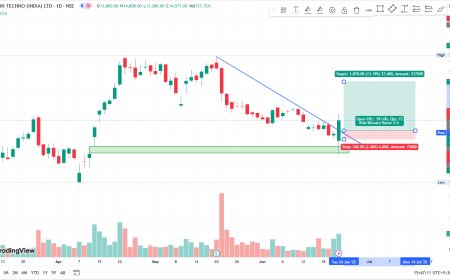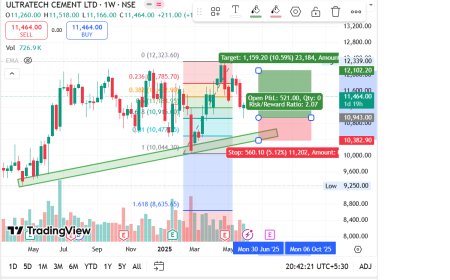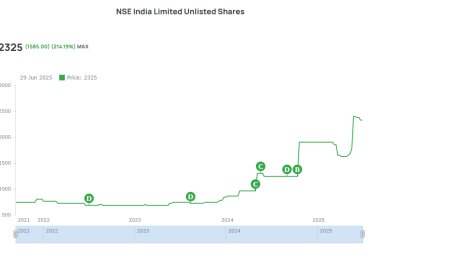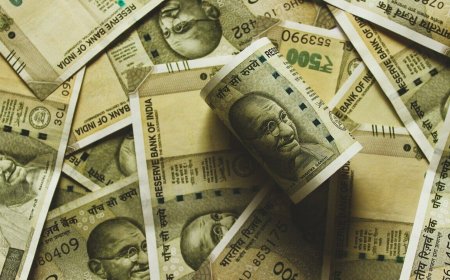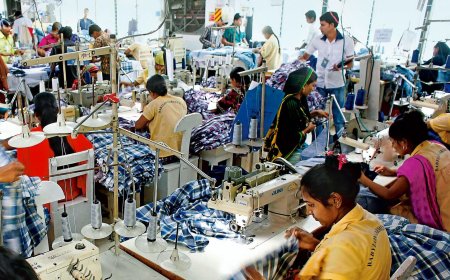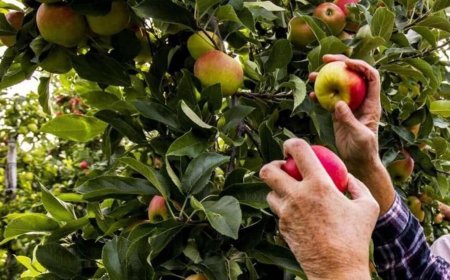Can this microfinance lender lead the industry’s turnaround in FY26?
As India’s microfinance sector eyes recovery in FY26, CreditAccess Grameen emerges as a potential industry leader. Learn what makes it a standout bet amid changing regulations and rural revival.
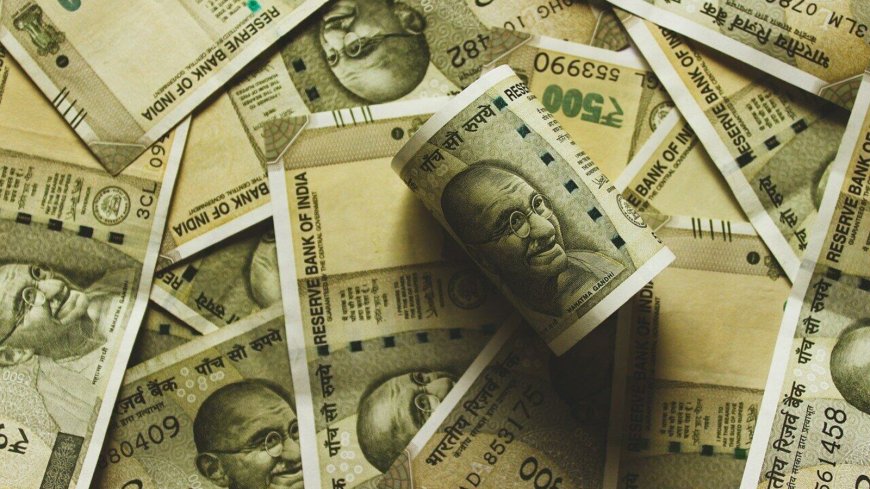
Microfinance Sector at a Crossroads
India's microfinance sector, having weathered significant turbulence over the last few years—from the pandemic-induced disruptions to rural credit stress and regulatory overhauls—is now showing signs of revival. With the Reserve Bank of India (RBI) streamlining norms and digital adoption accelerating rural outreach, FY26 could mark a potential inflection point. Among the companies poised to capitalize on this changing landscape, CreditAccess Grameen Ltd (CAGL) is emerging as a front-runner in the industry’s possible turnaround.
What Makes CreditAccess Grameen Stand Out
CreditAccess Grameen, India’s largest NBFC-MFI (Non-Banking Financial Company – Microfinance Institution) by AUM (assets under management), has demonstrated resilience, scalability, and profitability even in tough cycles. In FY25, the lender reported a robust 28% YoY AUM growth, reaching over ₹25,000 crore, while maintaining a gross NPA (non-performing asset) level below 2%, well below industry averages.
“CreditAccess Grameen has built a rural-centric model rooted in strong on-ground relationships, low operating costs, and high collection efficiency. It’s not just lending—it's empowering,” said Mehul Shah, Senior Analyst at Axis Securities.
Its acquisition of Madura Microfinance has also strengthened its footprint across southern states, enabling cross-leverage of client data, regional expertise, and operational synergies. With a healthy capital adequacy ratio of 22% and a growing share of repeat borrowers, the company is expected to see strong momentum heading into FY26.
Regulatory Winds Turning Favorable
The RBI’s recent revisions to the microfinance regulatory framework, particularly the removal of interest rate caps and a uniform lending definition across players, have levelled the playing field. This offers NBFC-MFIs like CreditAccess a freer hand in pricing loans based on risk profiles while encouraging responsible lending practices.
"The regulator is now viewing the microfinance space through a more inclusive lens, aligning it closer to mainstream credit systems. This benefits well-governed players like CAGL that have long adhered to transparency and borrower education,” said Nandita Menon, Research Head at Centrum Broking.
Additionally, state-imposed microfinance restrictions (such as Assam and West Bengal’s debt waiver politics) appear to be stabilizing, with borrower sentiment gradually normalizing and political interference showing signs of decline.
Digitization and Tech-Driven Credit Assessment
One of the key pillars of the expected turnaround is digitization. CreditAccess Grameen has invested heavily in mobile-based field applications, biometric verifications, AI-led credit profiling, and data analytics. This has not only accelerated loan disbursals but has also improved underwriting quality, leading to better risk-adjusted returns.
In FY25, over 70% of CAGL’s collections were made digitally, reducing cash handling risks and enhancing transparency. “Technology is no longer a value-add—it’s a necessity. CAGL’s early investment is paying off in the form of faster customer acquisition and lower operational drag,” said Amit Khurana, Director at Dolat Capital.
Challenges Remain—but So Do Opportunities
Despite the positive indicators, challenges persist. Rising rural inflation, erratic monsoons, and regional socio-political factors could still affect borrower repayment capabilities. Also, competition is heating up with small finance banks and fintechs pushing aggressively into semi-urban and rural territories.
However, analysts believe CreditAccess’s core strengths—deep rural network, high customer stickiness, and prudent risk management—put it in a unique position to outperform peers.
"Turnarounds are rarely even across the sector. CreditAccess Grameen’s fundamentals indicate it could very well lead the pack in FY26,” said Vinay Rathi, Banking Sector Lead at ICICI Direct.
Investor Outlook: Is CAGL a Smart Bet?
On the bourses, CreditAccess Grameen’s stock has returned over 40% in the last 12 months. As of June 2025, the stock trades at a Price-to-Book ratio of 3.2x—moderately priced considering its 20%+ return on equity. With earnings visibility improving, brokerages such as Motilal Oswal and Kotak Institutional Equities have maintained “Buy” ratings with a 12-month target of ₹1,950, implying a potential 18% upside.
Moreover, the microfinance sector’s overall credit growth is expected to touch 24–26% in FY26, per CRISIL Ratings, supported by rural consumption revival, government subsidies, and increasing formalization of credit.
For long-term investors, especially those looking to tap into rural financial inclusion trends, CreditAccess Grameen presents an appealing mix of stability and scalability.
FY26 might just be the year when Indian microfinance regains its growth mojo—and if that happens, CreditAccess Grameen appears well-positioned to lead the charge. Its scale, operational discipline, and tech-led adaptability make it a standout in a sector still regaining equilibrium. While risks remain, the company’s trajectory signals a compelling story for investors betting on the rural economic resurgence.
What's Your Reaction?
 Like
0
Like
0
 Dislike
0
Dislike
0
 Love
0
Love
0
 Funny
0
Funny
0
 Angry
0
Angry
0
 Sad
0
Sad
0
 Wow
0
Wow
0


